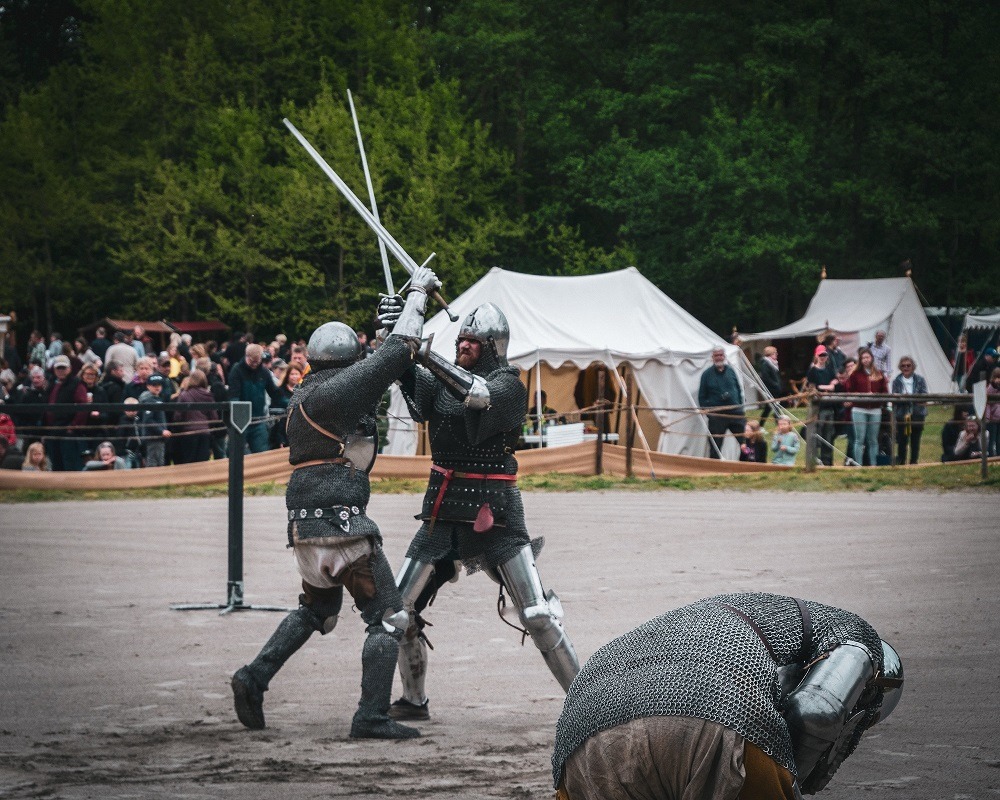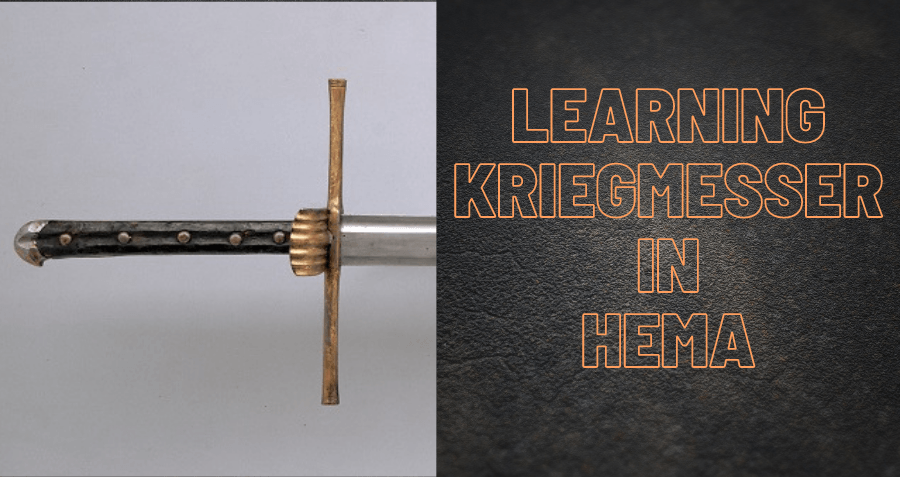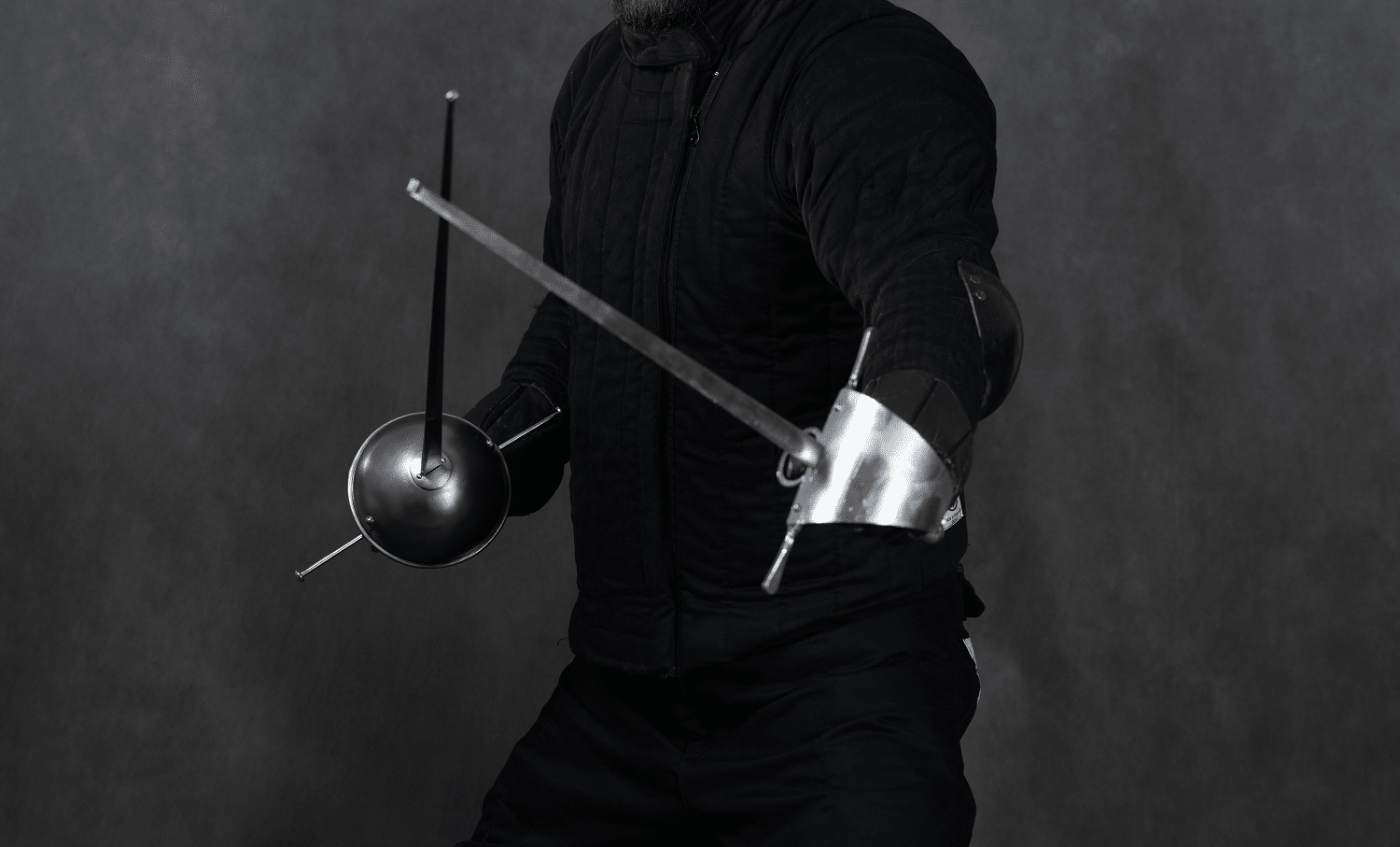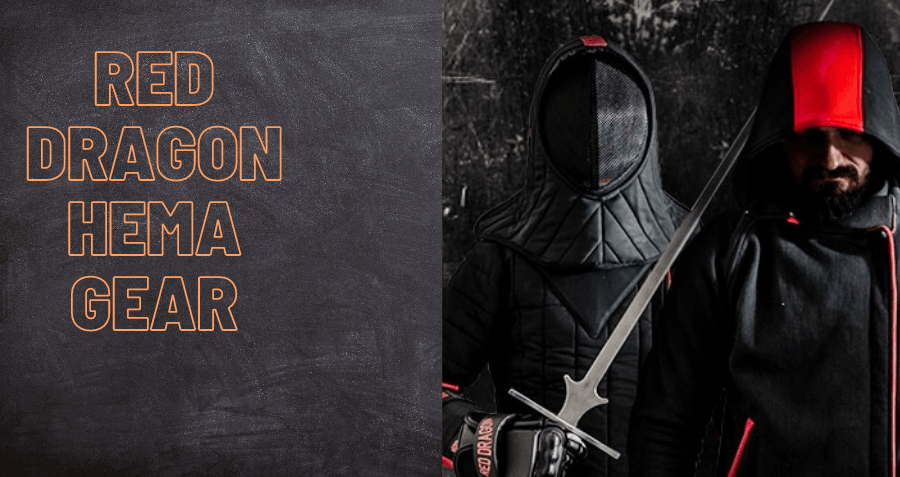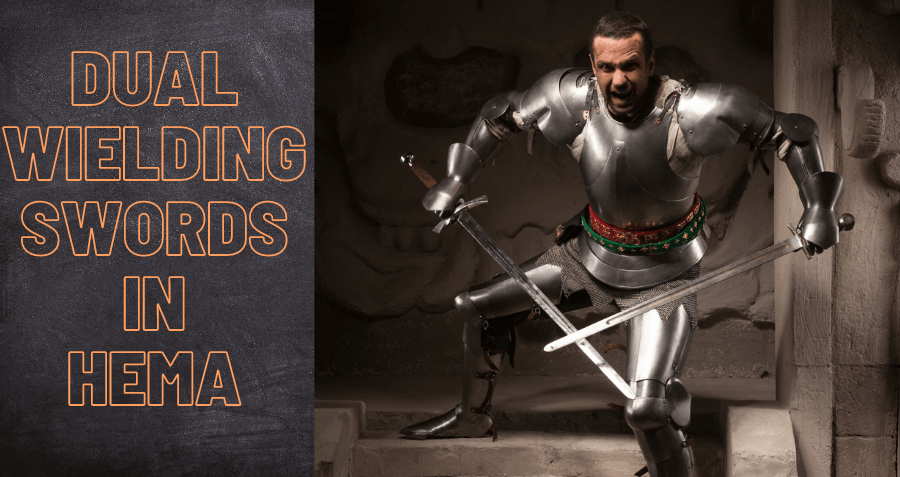Have you ever wondered what it would be like to brandish a sword in a real battle? Are you interested in learning how to fight with a sword in real life, not just in video games? If you’re thinking about taking sword fighting lessons, you should first consider the different types of martial art sword styles available.
Popularly, there are three major regions of contemporary martial arts that feature swords; Japanese, Chinese and European. Each regional-branch consists of different sword types and has unique aspects that are different from one another. Some martial arts sword techniques used by these traditions are meant for graceful dance-like displays of control and beauty as part of a purely performance based art, while others are designed for lethal precision in the usage of historically accurate swords.
It can be useful to first consider what your goal in learning swordsmanship is, as that will help you prioritize the study of a martial art that is suited to your goal.
- Are you looking for historically accurate swordsmanship, or something more sportified with strict rules that ban certain aspects of historical swordsmanship (such as grappling) to ensure safety?
- Are you purely interested in training as recreation, or do you have more specific health goals in mind such as becoming a very competitive athlete?
Once you determine how you would like to brandish a sword, you can choose the tradition that you would like to study.
Although our website is focused on Historical European martial arts (HEMA) we have gathered this list of some of the most popular sword-based martial arts to help you determine which style of sword fighting will best suit you, and in doing so we will also explain how Western sword based martial arts are different than others.
Japanese Sword Martial Arts
Martial arts that include swordsmanship became popularized in Japan due to the Samurai warrior class and the popular mythos related to them which have persisted to this day in modern Japanese media. The Samurai were a select class of military warriors who instilled their beliefs into their swordsmanship training. Their beliefs were deeply rooted in Shintoism, and they treated their swords as sacred treasures. The Samurai created styles of swordsmanship that honored their sacred and ancestral beginnings.
While the exact martial art traditions of the samurai have died out, many modern Japanese martial arts descend from these ancient fighting traditions.
Kendo
Kendo literally translates to “the way of the sword”. Those who practice this style of martial arts train not only to strengthen their physical bodies, but also to fortify their mental state and utilize a contemporary highly ritualized and sportified practice to develop Japanese cultural values in the swordsman or swordswoman.
This form of martial arts instills strong morals and cooperative inclinations that allow those who practice it to live within a deeply connected community. There are over 14 million current kendokas that all belong to one global federation that unites and directs the Japanese teachings of Kendo.
Kendo is a fulfilling activity that can appeal to a broad spectrum of people. Children as young as three can begin learning the basic techniques, and the elderly are able to stay active and healthy by continuing it into their old age.
Kendo is sometimes mistakenly believed to be identical to traditional arts of Japanese fencing. In truth Kendo is actually based on techniques from several different historical schools of swordsmanship as systematized by the Dai Nippon Butoku Kai (“Greater Japan Martial Virtue Society”) that formed in Kyoto in 1895 to develop a systematic and uniform version of martial art practice for military and police usage. This standardization resulted in a national sword style that was taught to Japanese soldiers during World War II but during the de-militarization of Japanese society that proceeded WWII Kendo underwent changes to its curriculum designed to prioritize it toward use as a sport that teaches traditional Japanese cultural values. For example there is no grappling in contemporary Kendo, whereas historical Japanese swordsmanship incorporated jiu-jitsu. These changes are comparable to the kinds of adjustments made to contemporary European sport fencing during the early to mid-20th century.
Kendokas wear armor and wield bamboo or plastic swords to prevent injury to participants. It can be a relaxing and rejuvenating activity, or it can be enjoyed on a competitive level.
We go into more detail about the differences between Kendo and HEMA based swordsmanship in our article Kendo Vs HEMA. Click here to read it.
Kenjutsu Ko-ryū
Kenjutsu translates from Japanese to English as, “the technique of the sword”. The word Kenjutsu historically is an umbrella term used to encompass all types of Japanese swordsmanship, however, its meaning became more specialized after the Meiji Restoration in 1868 that dissolved the military class system that had ruled Japan. This term is now primarily used to describe a type of martial arts that is taught in pairs using drills. Technically speaking, Kendo is classified under the term of Kenjutsu but non-Japanese English speakers tend to think of Kenjutsu as Ko-ryū (“old school”) swordsmanship that is more historical, although this is typically a misconception. The events proceeding the Meiji Restoration in Japan had a significantly negative impact on historical schools of martial arts in Japan, as the samurai social class lost tremendous power and became stigmatized, and many martial traditions died out during this period as a consequence of failed rebellions against the Meiji government.
While there are many schools in Japan today that claim ancient origins for their styles in truth there are no schools of swordsmanship in Japan that can provide any proof that traces their lineages back more than a century, although this does not necessarily mean some schools do not have ancient lineages of direct transmissions. However, there are many schools who have been known to have fabricated claims of ancient lineages so such claims must be viewed with a degree of skepticism.
Some present day schools of kenjutsu are reconstructions, much like the reconstructions of lost arts in Historical European martial arts. Many schools of kenjutsu in Japan base their reconstructions on pre-World War II Dai Nippon Butoku Kai records, although some schools such as Kashima Shinden Jikishinkage-ryū practice kata drills that can be dated to at least the 16th century. Between the two major classical Japanese martial arts organizations, the Nihon Kobudo Kyokai (Japanese Classical Martial Arts Association) and the Nihon Kobudo Shinkokai (Society for the Promotion of Japanese Classical Martial Arts), there are about less than a hundred schools recognized, whereas before the Meiji Restoration there were thousands of schools. It must also be noted that even among the schools recognized by these two organizations several of them have lineages based entirely in direct transmissions from father to son for many generations, and so these claims are very difficult to verify the authenticity of. Again, this does not necessarily mean the claims are fraudulent but it needs to be considered that some schools do not have a lot of proof for the claims that they make about their lineages.
Subsequently it is worth mentioning that attempting to read websites such as the English version of Wikipedia to research classical Japanese swordsmanship (as well as martial art topics in general) will result in seeing a lot misinformation from often less than credible sources intended to capitalize on most Westerner’s inability to read the Japanese language, and that Japanese languages sources about the topic of historical accuracy in these schools can read rather differently. There is a reason some schools purporting to be ancient in nature have student bodies that consist almost entirely of foreigners who can neither read nor speak Japanese.
(The reason in pointing this out is not to make fun of certain martial artists but rather in the hopes that less people will be deceived by such claims. There is still value in these schools, but those seeking to establish a historical lineage for their martial arts by paying the high fees to study at one of these kinds of schools will be greatly disappointed).
Kenjutsu schools utilize paired kata drilling called kumitachi while maintaining specified roles in the drills. The teacher (or more advanced student) plays the role of the attacker, while the learning student utilizes the Kenjutsu techniques to defend themselves. This arrangement allows the student to put their lessons into practice in a practical manner and instills the defensive techniques into their muscle memory. Kenjutsu schools that utilize DNBK records for their curriculum can generally be identified by their similarity to the pre- WWII nationalized system’s curriculum.
The sword fighting gear and equipment that is used in these schools of historical Japanese swordsmanship can vary. Depending on the school, participants in one may wear light leather gloves, heavily padded hand and arm protection or full suits of armor. Practice training swords may be made from sticks, or leather-covered bamboo or metal. Blunt training swords made from steel and constructed similarly to a federschwert are also now appearing on the market. The length and thickness of swords can also vary, and students may be taught how to wield any type of bladed weapon, from a tanto to a katana. The specific curriculum varies based on the teacher.
Iado
Iado is a self-disciplined form of Japanese martial arts that features the use of a sword. Iado emphasizes the ability to quickly draw and yield a sword against an enemy attack. However, because this style of martial arts focuses on form and technique, most of your training will be done solitarily as a kata.
Iado features controlled movements that require intense personal discipline and determination. Iado specializes in quickdraws from the scabbard along with attacking and defending against an opponent. A skilled Iaidoka can smoothly draw their sword and replace it in one swift movement.
Those who are just beginning to train might use lightweight bamboo swords before advancing to use a metal one. Skilled Iaidoka can maintain their form and speed while using a heavier Skinken sword. The rigid techniques and forms are congruent with historical Japanese culture, but they still allow practitioners to customize their swords and discover themselves.
Iaidoka can learn various styles of swordsmanship while studying a non-combative style of martial arts. It is a conservative art that instills practical discipline and self-improvement within its students.
Chinese Sword Martial Arts
When speaking about Chinese martial arts it is worthwhile to explain what Wushu is.
Wushu is a modern Chinese sport that focuses on standardized displays of skill and fighting techniques. It literally translates to “military arts”. Its origins begin with Kung Fu before the Chinese government nationalized this form of martial arts into a standardized sport. In the 20th century, the Chinese government formalized the way kung-fu is taught into specific, standardized forms. Overwhelmingly, Wushu is an umbrella term for modern Chinese martial arts and there are several sword styles within its.
As there are many different forms of sword arts within modern Chinese martial arts only a few of the most popular types will be discussed here.
Qingping Jian
The modern popularity of Qingping Jian in China is credited to Pan Zhen, a Daoist priest who lived in the Eastern Han Dynasty. According to Chinese legend, he created the Qingping Jian fighting system after long years of meditation and travel. He spent years trekking across China as he traded and learned sword techniques from the best swordsmen of his day. He combined his own techniques with what he had learned and created six routines that encompassed 365 movements. He passed down his knowledge through the generations and his teachings inspired various sects of martial arts to form their own sword wielding techniques.
Having said this, the truthfulness of the story is unverifiable. The present day form of Qingping Jian is largely performance based and lacks value for real combat. Like many present day Chinese martial arts it may descend from a form of dance meant for the Chinese theatre which was adopted by the National Commission for Physical Culture as an ‘ancient martial art’ in order to boost national morale.
Regardless of its origins, this sword martial art is one of the three main styles practiced in China.
Wudang Sword / Baguazhang
Broadly, ‘Wudang Sword’ refers to a category of Chinese sword techniques performed with a straight sword, also called a jian, which are associated with martial arts related to Baguazhang.
Taijiquan
Taijiquan, also spelled popularly as ”Tai Chi’, is a martial art that incorporates swords for some of its forms. The sword forms focus on connecting the sword to your person as if it is an extension of yourself.
This form of martial arts claims to teach a person to connect the mind and the body as one, enabling the practitioner to feel their own presence in the world. Like other aspects of the art, the sword forms are part of the mysticism of Taijiquan.
There are other types of sword arts practiced in modern Chinese martial arts, which also use different types of swords commonly called Dao (broadsword) and subtypes of dao such as butterfly swords, and so on.
European Sword Martial Arts
There are basically two main categories of European Sword Martial arts; Modern Olympic-style Fencing (MOF) and Historical European Martial Arts (HEMA).
Historical European Martial Arts (HEMA)
Historical European martial arts (HEMA) are a category of martial arts practiced by historical peoples in Europe. While HEMA is an umbrella term for all martial arts practiced in Europe before the 20th century, it is most commonly associated with the study of early forms of fencing dating to the Late Middle Ages and Renaissance periods.
Medieval Long Sword Fighting
Historical long sword fencing features the use of the longsword in skilled one-on-one duels. The style of sword techniques date to the Late Middle Ages time period, predominantly as practiced by swordsmen who lived in the Holy Roman Empire.
The manuals these men left behind taught brutal and vicious attack methods in a sophisticated and systematic manner. Students would memorize practiced techniques that had been proven to be reliable in realistic sword fights.
You can learn more about Historical European martial arts long sword fighting on our page, Path of the Long Sword.
Rapier Sword Fighting
The Rapier emerged in the Renaissance Era to adapt to the evolving techniques of street fighters. The blade was developed to quickly deliver vicious attacks to your opponent.
Rapier fencing was developed to accommodate emerging trends in swordplay that relied more on jabbing and thrusting than large cutting motions. The Rapier is also a slender and deceptive weapon that allows it to be carried on your person to counter unexpected attacks.
You can learn more about Historical European martial arts rapier sword fighting on our page, Path of the Rapier.
Sabre Sword Fighting
The Sabre is an iconic curved blade that allows you to concentrate the force of your blow into the tip of the sword and ensures that the blade will easily slice the flesh of your enemies.
The Sabre blade is designed for slashing in close combat situations. It was commonly worn into battle as a last line of defense. Its short reach made the blade ineffective unless a company of soldiers was engaging with the enemy in hand-to-hand combat.
Over time as swords became less relevant to battlefield warfare, the sabre transitioned into a symbolic role, proclaiming an officer’s rank and military prestige by hanging from his belt. Similarly, military men who never saw the front lines began wearing them to distinguish their rank and military accomplishments. This sword has undergone many alterations since its conception, yet remains in military usage today primarily as a badge of honor rather than a practical weapon. Yet it is still a capable one if studied and practiced for such a purpose.
You can learn more about Historical European martial art sabre fencing on our page, Path of the Sabre.
Sword and Buckler Fighting
Sword and buckler fighting dates to at least the early Middle Ages when arming swords were most popular, but most of the material studied dates to the Renaissance period, incorporating a side sword. This style of fighting is done using a buckler as a companion weapon to a sword, a buckler being a small hand-held shield.
You can learn more about Sword and Buckler fighting on our page, Path of the Sword and Buckler.
Two-Handed Great Sword Fighting
The two-handed great sword is a weapon used during the Renaisance period for battlefield warfare. It is known by several different names; the zweihander, doppelhänder, beidhänder, bihänder, bidenhänder, spadone and montante. It is sometimes erroneously called a ‘claymore’ by sword hobbyists.
You can learn more about two-handed great sword fighting on our page, Path of the Great Sword.
Modern Olympic Fencing
This European style of martial arts emerged from historical small-sword and sabre techniques, as practiced in the 18th and 19th centuries.
The transition from lethal sword techniques for battlefield and self defense usage, to leisurely sport fencing began in the 17th and 18th centuries. As dueling was outlawed and sport based sword fighting became regulated through federations, and Olympic fencing turned into a sport with the addition of foils, wire-mesh face masks and agreed upon rules. The introduction of a wire-mesh face guard and the replacement of a sword with a dull tipped foil worked to prevent participants from getting injured. An official set of rules and areas that can be attacked were established, as was a point-based system.
You can learn more about the differences between Historical European martial arts (HEMA) and Olympic fencing in our article on the topic.
Razmafzar
Razmafzar is a form of historical Persian martial arts that much like HEMA is seeing a revival of interest. Just as there are surviving documentation of historical European martial arts that have survived the centuries to the present day, there are also documents produced by other cultures throughout history. Persian warriors recorded their martial art techniques using weapons such as the shamshir sword, and people today are reconstructing these arts for contemporary sport usage.
Conclusion
There are many methods and techniques that have been developed by humans over the course of history to wield martial art swords. Each method has a rich history and works to instill specific characteristics and qualities in their students. Which tradition you decide to study will depend upon your own goals in wishing to study swordsmanship.
While our website is devoted to the subject of Historical European martial arts (HEMA) which is focused on reconstructing techniques meant for real combat, that does not necessarily mean more sportified versions of swordsmanship are necessarily ‘bad’. All swordsmanship today is practiced for sporting reasons; even if the individual fencers may not necessarily be interested in competition the reality is no one is learning swordsmanship today to prepare for self-defense or warfare. So the question really becomes more about what your personal goals are for learning swordsmanship and which style is going to best help you achieve those goals.
Although you may be embarking on your quest to learn how to fight with a sword, you might also in the process be starting on a path to self-discovery and personal growth, too.
Learning how to brandish a sword takes time, concentration and diligence. You will be able to fulfill your desire to fight with a sword while gaining physical and mental strength, learning how to self-discipline and discover something about yourself.
*****
We hope this guide helps you start your journey into learning historical sword fighting.
If you’d like to learn more information about historical fencing practices please check out our Learn HEMA page for a guide to learning about the historical weapon that interests you. You can also find more guides we’ve written about other topics at our Helpful Guides page. You can also join the conversation at our forums or our Facebook Group community.
